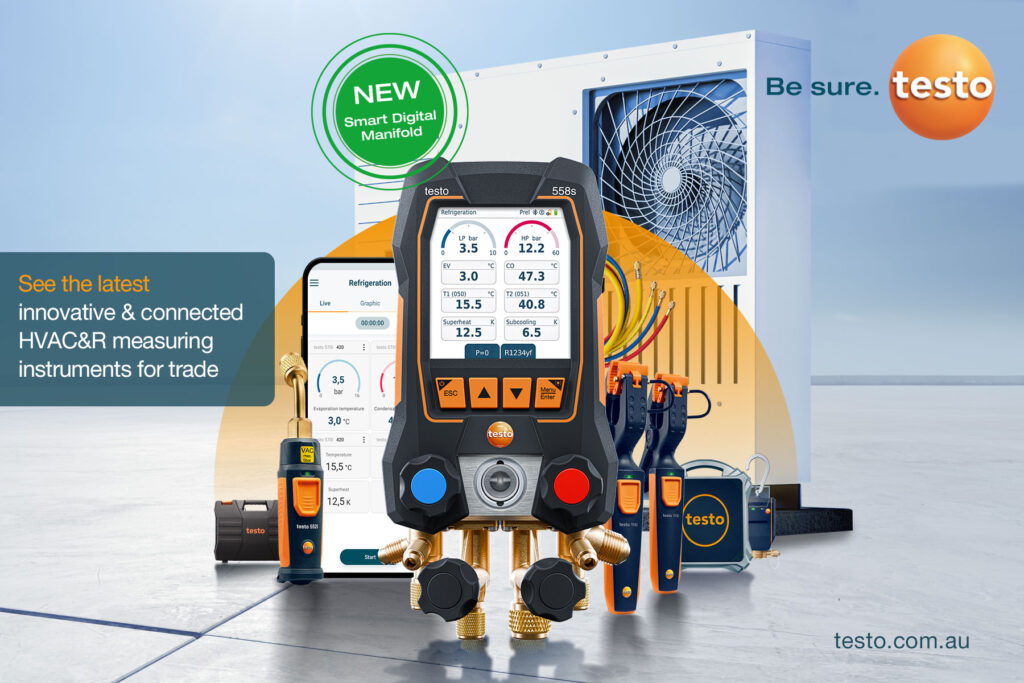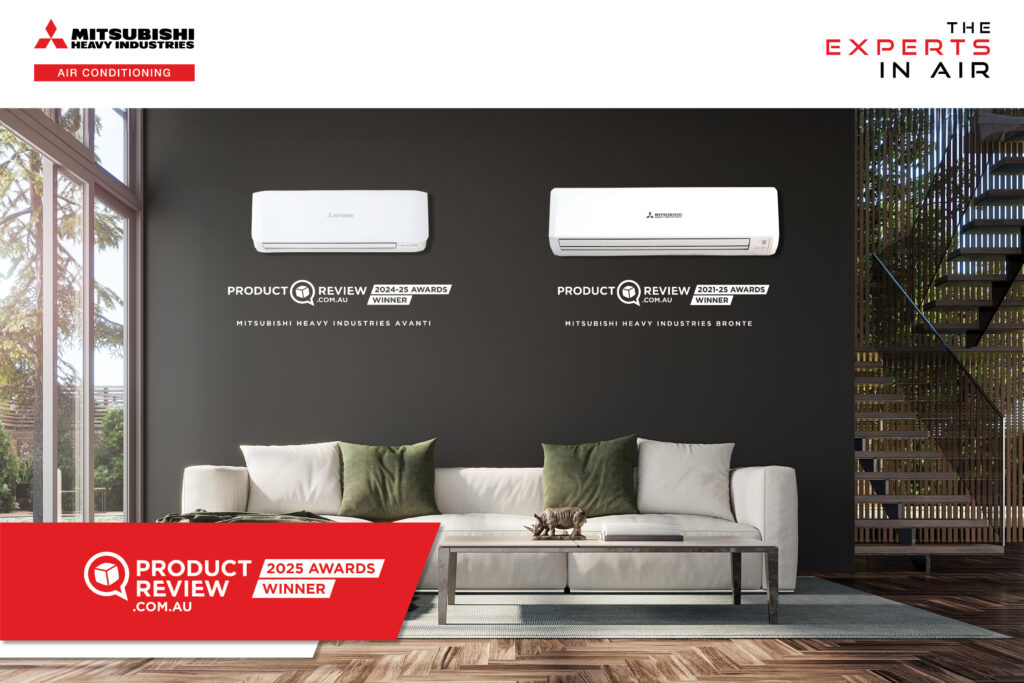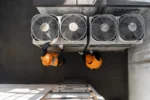Perspectives on gender diversity in HVAC&R
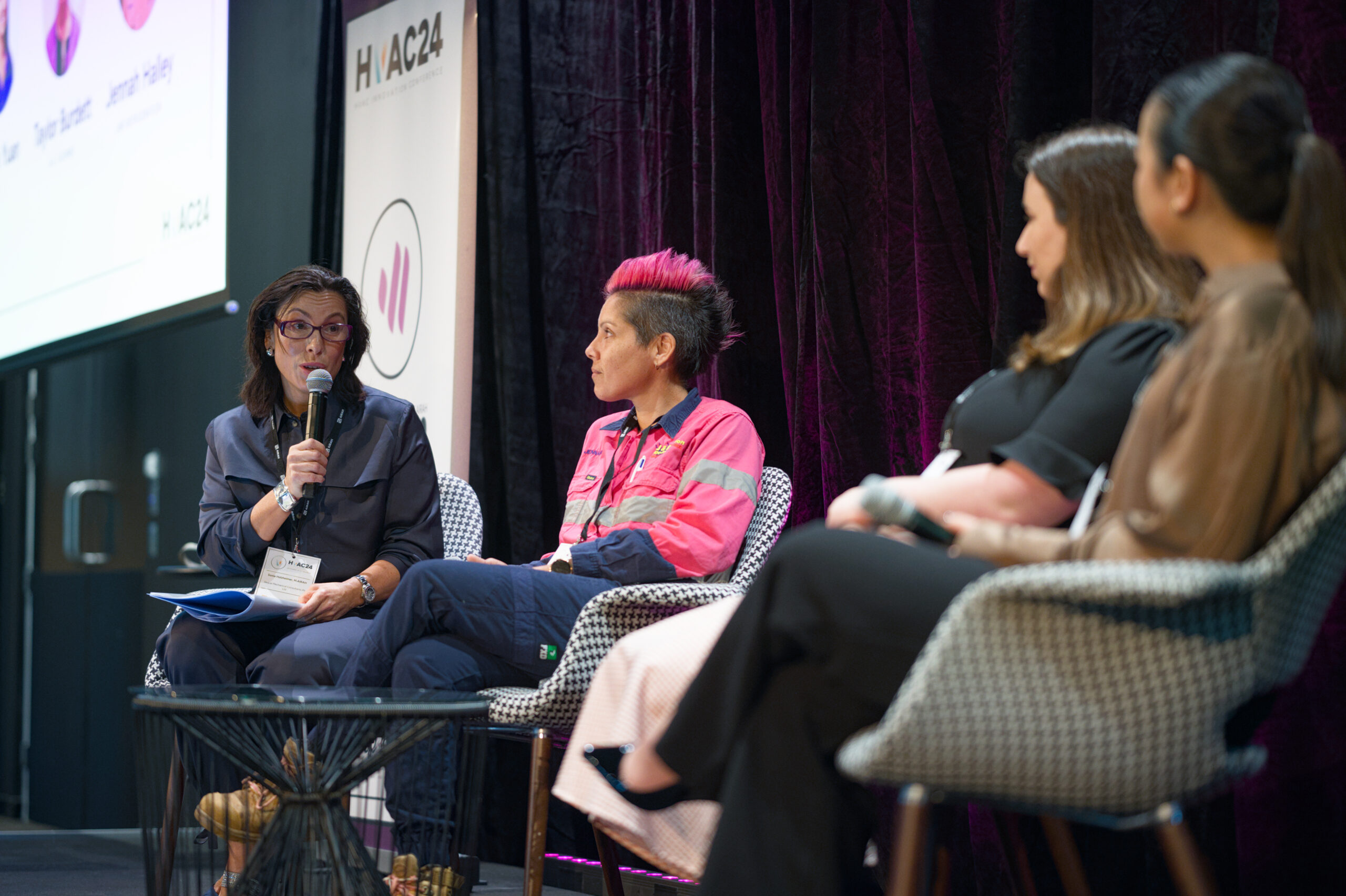
HVAC&R professionals Sonia Holzheimer, M.AIRAH, Taylor Burdett, and Claudia Yuan, Stud.AIRAH, share their experiences of the industry, the barriers to entry, and where they see the future for women in HVAC&R.
Ecolibrium: How did you get involved in the HVAC&R/engineering industry? What were the alternative career pathways that you were considering?
Claudia Yuan: I did a double degree in mechanical engineering and biomedical science at university, so during my penultimate year I was looking for internships as work experience. At the time, I was president of the Women in Engineering club at Monash University and running an industry networking event with one of the club’s sponsor companies.
I thought engineering consulting companies in the infrastructure/civil area only had jobs for civil engineers, but in one of the virtual breakout rooms, the business group leader for building engineering at the time encouraged me to apply for the summer internship program, and brought to my attention in fact there was a whole team of mechanical engineers. I went on to do the internship as an undergraduate mechanical engineer, which introduced the world of HVAC to me, and then returned full-time as a graduate mechanical engineer once I finished my degrees.
I previously had dreams of going down the medical/healthcare path and becoming a surgeon. I planned to do the biomed degree then post-grad medicine, but I picked up engineering in my second year of uni craving some more maths and physics.
Taylor Burdett: Finding my place in the HVAC industry was completely accidental. I was working part-time while undertaking my university studies for my mechanical engineering degree and had reached a point where I wasn’t feeling challenged. So, I decided I wanted to get closer to my field and joined A.G. Coombs in an administrative role hoping to gain engineering experience prior to graduating.
After working in this administrator role for over a year I was presented with an opportunity to step into a role in the advisory team in a hybrid admin and undergraduate engineer role for a year. Following this I then joined the projects engineering team as an undergraduate engineer for the remainder of my degree.
The main factors that have influenced my decision to stay in the HVAC industry are the culture, the team I work with, and the fact that I can see the so many different opportunities and pathways in front of me.
Sonia Holzheimer: Much to my family’s dismay, I packed my freshly earned engineering degree from CQU, along with all my belongings, to follow my boyfriend (now husband), a dive instructor, to Cairns. Having studied in the industry-focused area of Rockhampton, where engineers were in high demand, I naively assumed finding an engineering job in the far north would be easy. But I quickly discovered that Cairns was mostly devoid of industry, save for a few sugar mills, so I ended up working as a bartender for a few months.
Eventually, I knocked on the door of MGF (NQ) Consultants, owned by Graeme Standfield, F.AIRAH, who would later design Australia’s first 6-star Green Star building in the tropics. I had no idea I was in the company of an HVAC heavyweight, and Graeme humbly described HVAC as simply “making buildings liveable.” Now I understand that the work goes far beyond that simple description.
What do you love about your work?
CY: I love the collaborative environment in my work – engaging with my team, interdisciplinary coordination with architects, electrical and structural engineers, and working with our clients. The variety of projects and clients I get to work with also keeps things interesting, from schools to air traffic control towers and high-end retail fit-outs. It feels rewarding seeing buildings come to life and going on site to see my own design contributions. Also, as a graduate, it’s been exciting joining the industry – I’ve been learning lots from so many knowledgeable people.
TB: I really enjoy all the different pathways available through the engineering graduate program and getting to experience each of these through rotations in the business. I also enjoy as an engineer being able to go out to sites and see HVAC projects in person instead of just through a drawing or model.
SH: My love for this work grows every day. At university, energy exchange and thermodynamics were some of my favourite subjects, so being able to combine science, maths, and engineering in a way that directly impacts people’s comfort is incredibly rewarding. I enjoy the balance of indoor work with the occasional site inspection; it’s truly the best of both worlds.
When discussing career options with my children, both my son and daughter scoff at the idea of an “indoor” job in front of a computer as “boring.” However, my son, who recently started an electrical trade apprenticeship, might one day appreciate the option of working indoors in an air conditioned office! I also love the problem-solving aspect of HVAC, especially when diagnosing and resolving issues in challenging buildings. There’s always something new to learn and an “aha” moment to look forward to.
Did you feel welcomed into the industry? What were the barriers, and who helped you overcome these barriers?
CY: Yes! A really big part of me feeling welcomed and supported is from people in my team, who have taught me so much and given me opportunities and challenges to develop my knowledge and skills. I do want to highlight this isn’t exclusively from the inspirational women who have taken me under their wing; male colleagues and managers (who represent the majority in the industry) have also had a largely positive impact. Despite there being fewer women in the HVAC field, having groups such as the Women of AIRAH (WoA) gives me an extra sense of belonging.
TB: In general, I have felt pretty welcomed in the industry and have had the luck of not encountering too many barriers to fight through to get to where I am currently. I think this was aided by the fact I am surrounded by a team that support me in my endeavours as well as have mentors that have helped me along the way.
SH: When I started, there were very few women in the industry, and sadly, that’s still the case. As far as I know, I’m still the only female mechanical engineer specialising in HVAC in Cairns. Early on, I did feel a bit like an oddity and often tried to blend in and be “one of the boys.”
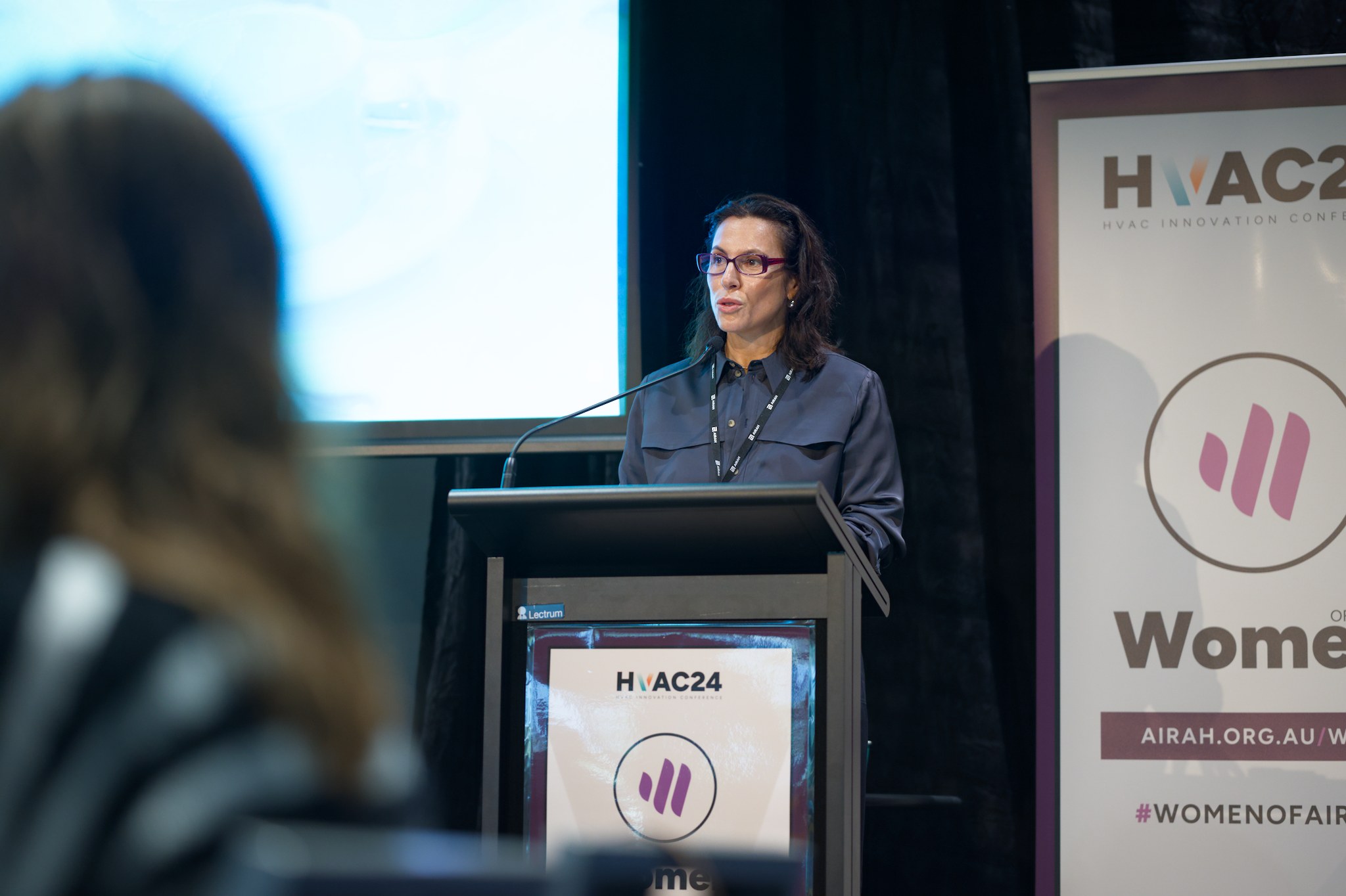

“But over time, I realised that being the only woman in the room can be a superpower.”
Sonia Holzheimer, M.AIRAH
Your name stands out, your work gets noticed, and people remember you. I now embrace this uniqueness, focusing on my strengths and doing my best work, trusting that it will speak for itself.
In a smaller, somewhat “cliquey” place like Cairns, it’s easy to feel that there’s a bit of a boys’ club. People often prefer working with those they’ve known for years, which can be a barrier to new voices. However, I was fortunate to have a few people who were incredibly supportive and welcoming, particularly my first boss, Graeme Standfield. He valued quality and dedication, which helped me gain confidence in my skills and navigate the industry. I keep doing the best I can, and judging by the amount of repeat business we get, it seems to be working!
Where do you think we’re falling short, and how do you think the industry can attract and retain more female professionals?
CY: I probably haven’t seen enough amongst the industry to see specifically where the shortfalls are, but there are some initiatives that I’ve seen companies do well in – such as outreach initiatives, bringing awareness to job opportunities and encouraging girls to take up STEM/engineering/trades, as well as having women in leadership roles who then become role model figures. Another big one is reframing recruitment ads and role descriptions to be more inviting, as women are less likely to apply for jobs that they may not meet 100% of the criteria for. I also appreciate and encourage male champions and allies to support and encourage women to take on opportunities and challenges in HVAC.
TB: To attract more women, I think there needs to be a wider awareness especially within younger women that engineering and more broadly the HVAC industry are options available. I feel like lots of people you talk to speak about accidentally finding a career in HVAC and few actively pursue it as a career.
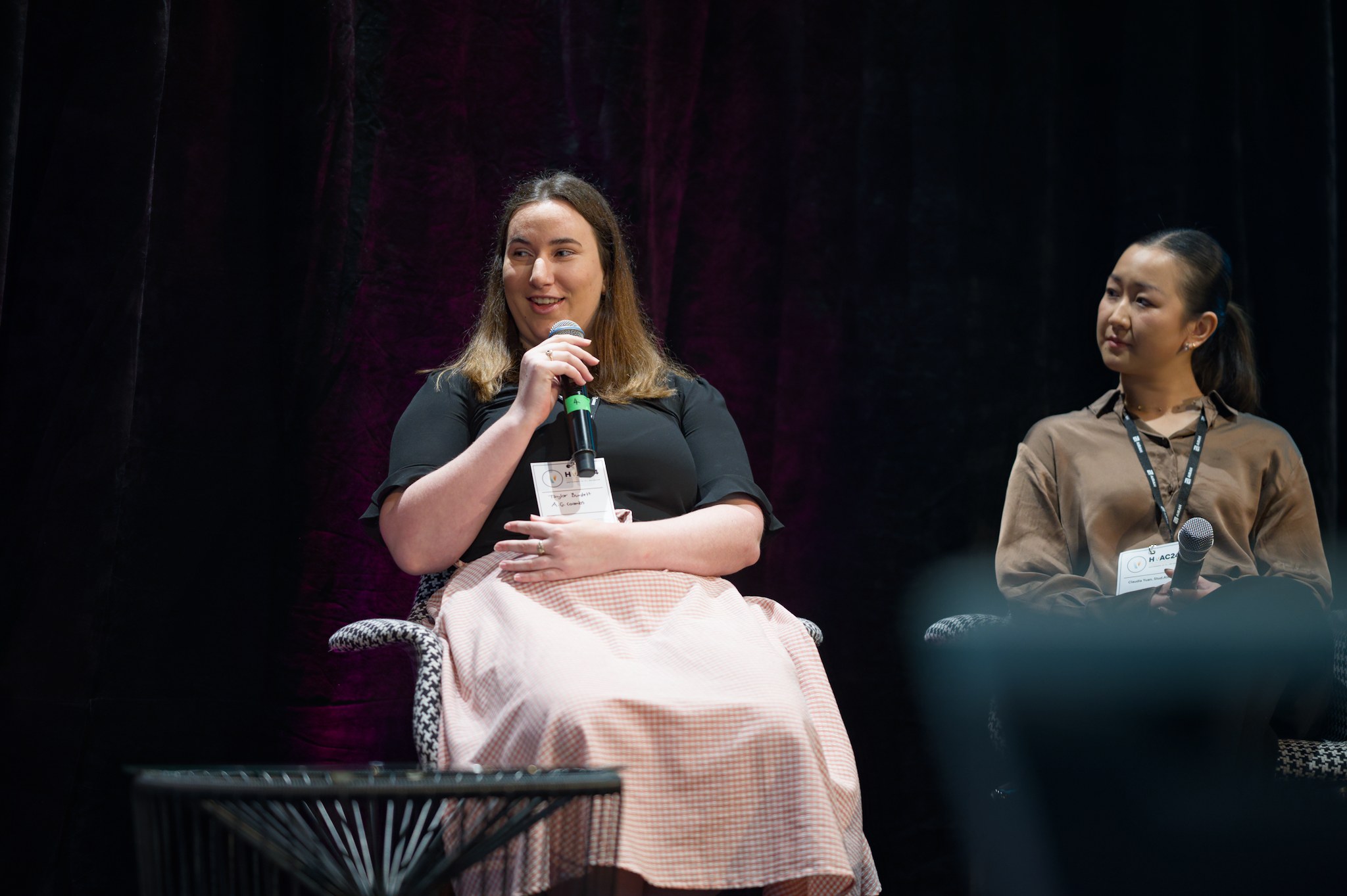

“To retain more women, I believe the industry needs to become more flexible to allow not only women, but everyone to maintain a healthy and fulfilling work-life balance..”
Taylor Burdet
We also need to provide support and guidance so women in the industry can develop and progress their careers for themselves, and as role models for others.
SH: I’ve been in this field long enough to experience situations that wouldn’t fly today –like pin-up calendars, the absence of female restrooms at worksites, and topless wait staff at work-related events. The fact that these scenarios seem shocking now is a positive sign of our progress. Of course, there’s still work to be done, but workplaces have certainly made strides toward creating more inclusive environments.
To make the industry more welcoming for women, I think it’s crucial to stay vigilant about subtle biases that can make people feel excluded. Even I’m guilty of using terms like “guys” as a general address, but I’ve come to realise it can feel gendered. I’m adjusting because the last thing I want is to make anyone feel out of place.
A big part of preventing subtle discrimination is fostering an environment where people feel comfortable speaking up when something doesn’t sit right with them. It’s a continuous learning process, but the effort is worth it, as it helps create a culture where everyone feels valued and included.
Do you take inspiration from seeing other female professionals thriving in this field?
CY: Absolutely! Seeing women in leadership positions thriving in the industry is a real inspiration. I imagine having started a while back the gender disparity was even greater, so I appreciate they faced certain challenges in navigating to where they are. Their contributions and efforts in the WoA space are also really valuable.
TB: Seeing women like Sonia and AIRAH President Mikaila Ganado excelling in their respective fields is definitely an inspiration and a reminder that through dedication there is no reason my own career couldn’t follow a similar trajectory.
There are a limited number of female managers for me to look up to in my own office, but there are still individuals throughout the business who regardless of their gender or position are an inspiration to me every day.
SH: I’m blown away by young engineers like Claudia and Taylor – they’re so poised, articulate, and intentional about their careers. They are planning for the future and are eager to grow into leadership roles, which is exactly the kind of ambition our industry needs. Their stories remind us of the importance of showcasing visible female leaders who can serve as beacons for the next generation.
Overall, it’s evident that the expectations of emerging professionals reflect a more open and inclusive industry, and I am excited to see how they will shape its future.
What do you think the industry will look like 20 years from now? And what role do you see groups like the WoA playing in encouraging diversity?
CY: I am grateful to be joining the industry at this time, where gender diversity and inclusion are acknowledged and addressed as an important area.
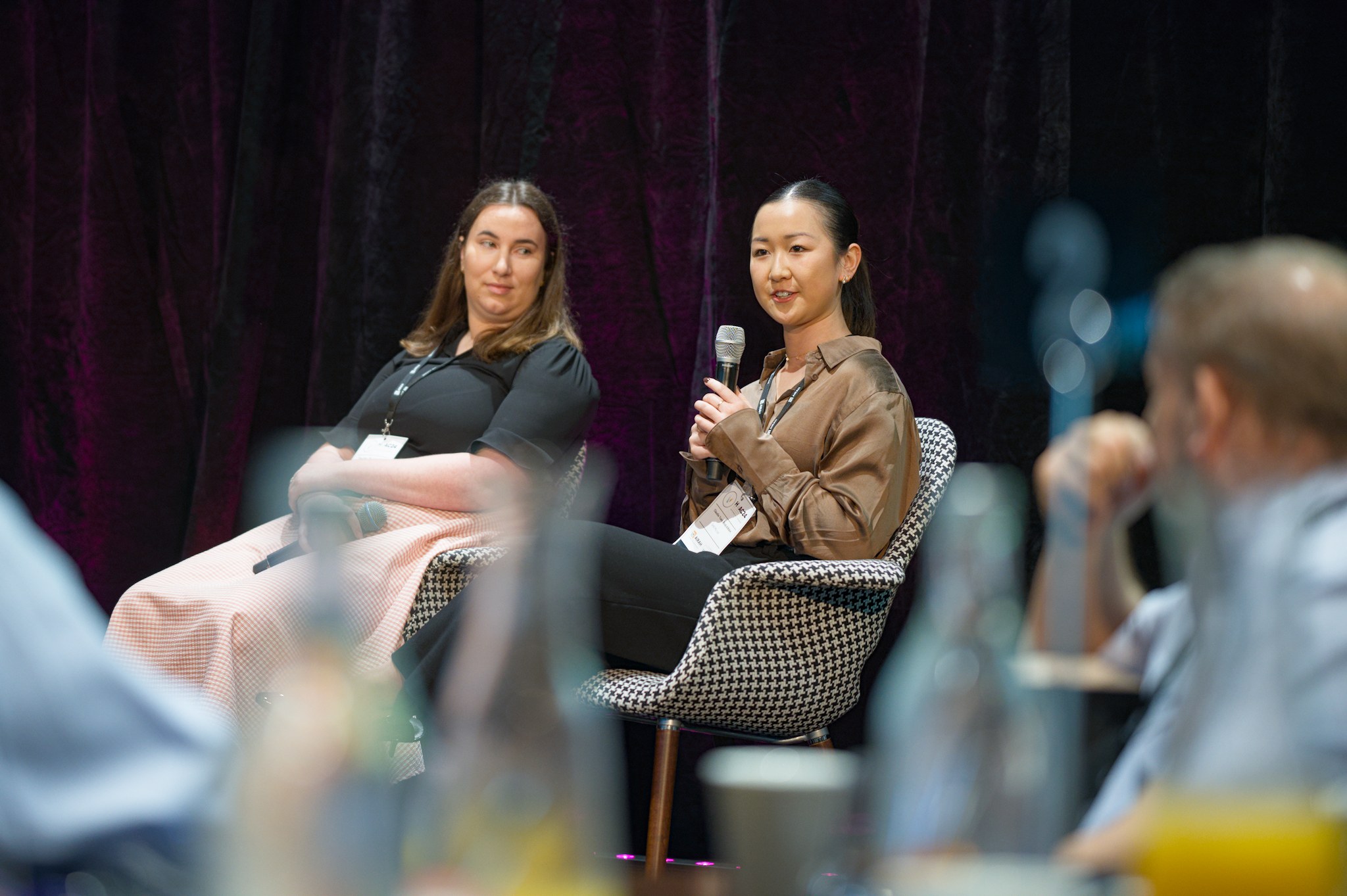

“ I hope that in 20 years from now, gender diversity won’t even be an issue, where it is the norm to be a HVAC engineer regardless of gender”
Claudia Yuan, Stud.AIRAH
and it won’t be assumed that women play roles of admin and HR as opposed to more technical engineering or trades roles … and where the HVAC designer or contractor isn’t by default referred to as “he” or “him”. I think the work that WoA does in encouraging diversity is really important in welcoming new women to join the industry through outreach and having role models, as well as retaining diversity through advocacy and fostering a sense of belonging and community. I look forward to being part of the future of the HVAC industry and I think it’s a great time to be part of it.
TB: 20 years from now I would hope there is a significant increase in the number of women in engineering and the broader HVAC industry in general, as well as more women in management positions providing mentorship and inspiration to new women entering the industry.
I think WoA can play a crucial role in facilitating networking between women throughout the industry to foster and grow their support system beyond just their coworkers.
SH: I’m so excited about the future of HVAC&R. This industry will be crucial in reaching net-zero goals, as buildings continue to grow and require air conditioning, ventilation, and improved efficiency. Our industry will play a massive role in electrifying, upgrading, and replacing systems in both new and existing buildings to meet these goals.
In terms of women’s involvement, I’m hopeful that we’ll continue to see more women entering and staying in the field. I think we’ve gone through a paradigm shift – no longer staying quiet and trying not to make waves. I view every woman’s success in HVAC&R as a collective win for all of us. As Mikaila once said, the ultimate goal of WoA is to reach a point where we’re no longer needed because we’ve achieved gender parity. I don’t know if we’ll reach that point in 20 years, but it’s a beautiful goal to work toward.
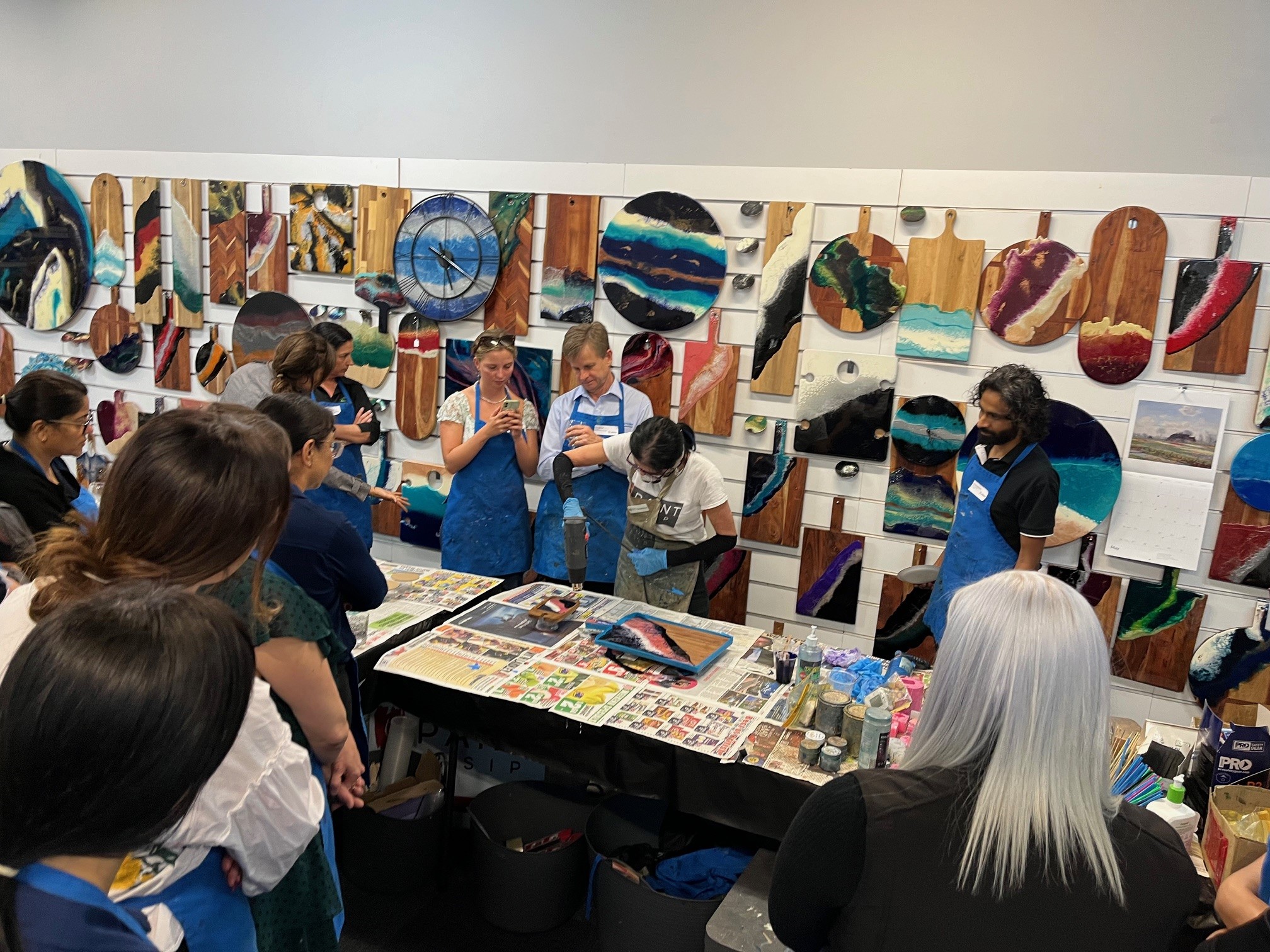

Women of AIRAH
You can learn more about the Women of AIRAH STG and apply to join the committee, click this link.
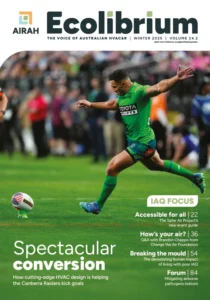
This article appears in Ecolibrium’s Winter 2025 edition
View the archive of previous editions
Latest edition
See everything from the latest edition of Ecolibrium, AIRAH’s official journal.

